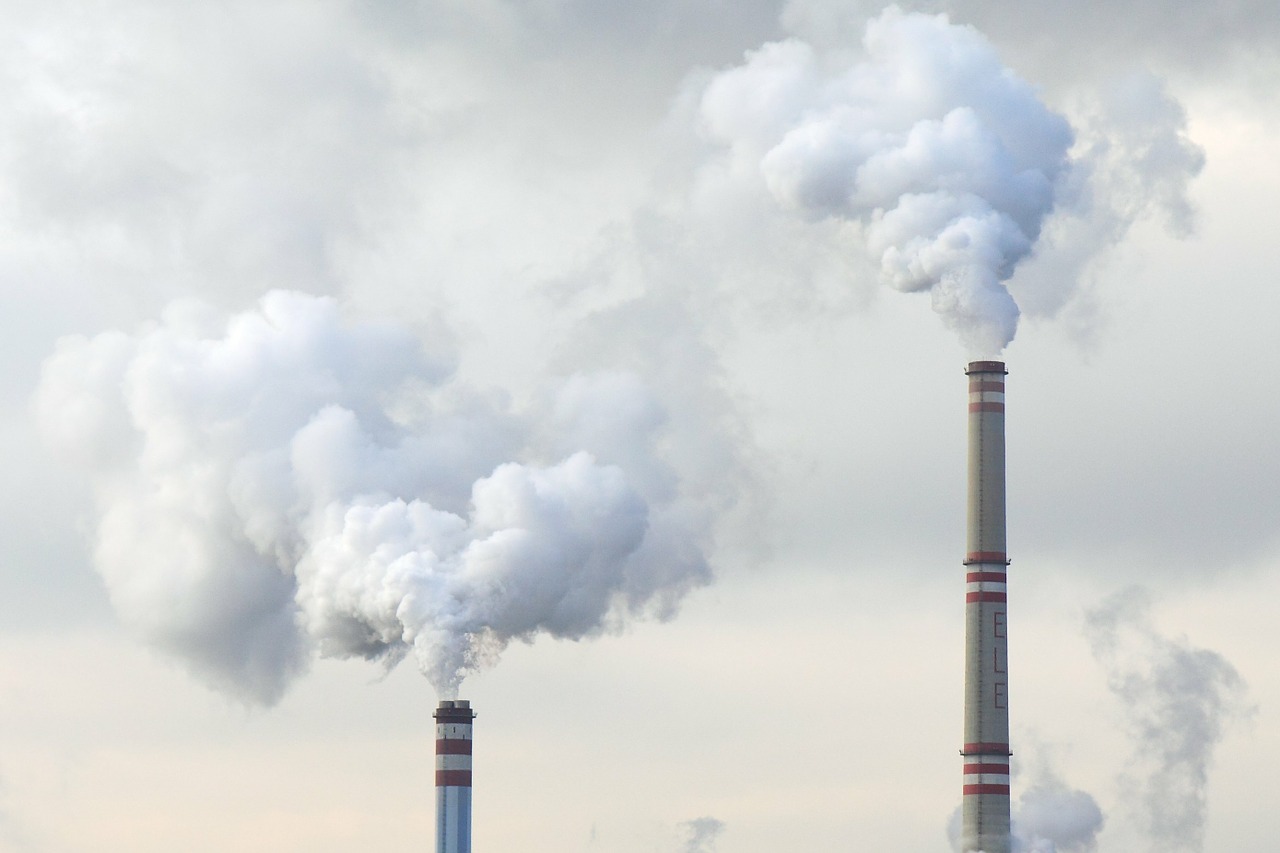As part of this voluntary target of reducing emissions, Devon Energy plans to cut down its methane-intensity rate by 0.28% or lower by 2025

Image: Devon Energy announces targets to reduce methane emissions. Photo: Courtesy of PublicDomainPictures/Pixabay.
Devon Energy has announced voluntary, company-specific targets to reduce methane gas emissions across its US oil and natural gas production operations.
As part of these targets, Devon Energy aims to reach a methane-intensity rate of 0.28% or lower by 2025. Last year, the company’s methane-intensity rate was estimated to be 0.32% and it is pending EPA review and third-party verification.
Setting this target is touted to be the next step in the company’s effort to reduce greenhouse gas emissions and reiterates its commitment to protect the environment for future generations.
The company claims to have established a comprehensive and transparent way of accounting for emissions across all of its operating assets, going beyond what is required by the EPA.
Devon Energy plans to voluntarily install LDAR at sites where it is not required under federal or state regulations
The company also claims to be proactively using leak detection and repair (LDAR) at sites where LDAR is not required by federal or state regulation, to reduce its overall methane emissions, under its emissions control targets.
Devon Energy has trained personnel who will mainly focus on conducting infrared camera surveys and ensure that all the necessary repairs are successful.
Devon president and CEO Dave Hager said: “By continuing to operate responsibly and increasing our focus on leak detection and repair, we’re confident we can meet this ambitious target.
“The actions we’re taking reaffirm our commitment to responsible production operations, going beyond what is required by law in pursuit of continuous improvement in environmental performance.”
Last month, the company signed an agreement to sell its Canadian business to Canadian Natural Resources for CAD3.8bn (£2.3bn). The businesses that it is selling include heavy oil assets principally located in the province of Alberta, with net production averaging 113,000 oil-equivalent barrels in the first quarter of this year.
